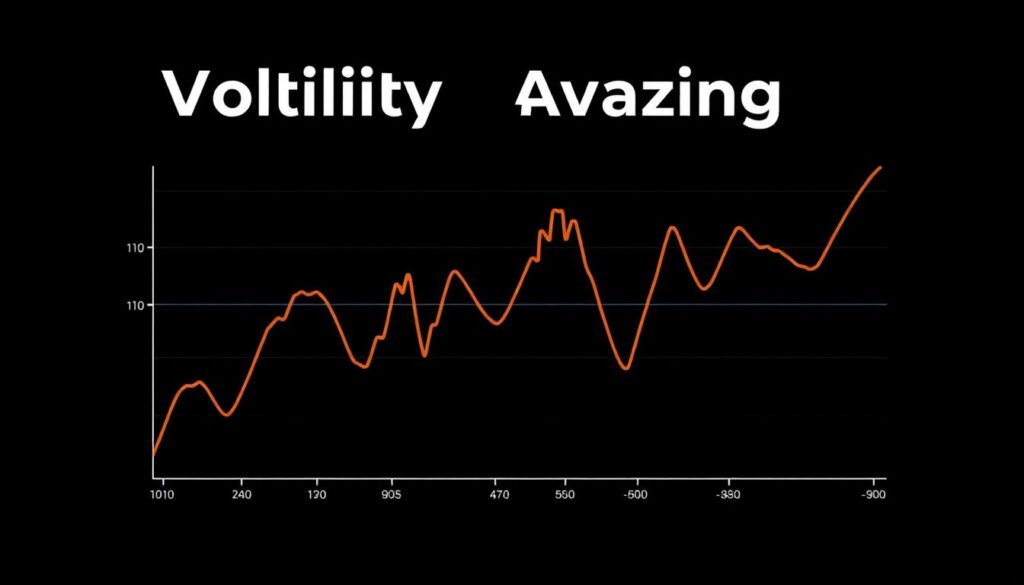Historical Context of Volatility Averaging
The concept of volatility averaging emerged as part of a broader effort to enhance the clarity of short-term market assessments. In the 1990s, with the rise of quantitative finance and algorithmic trading, analysts noticed that daily price fluctuations often masked macro-level trends. Traditional indicators like standard deviation and beta proved insufficient in environments dominated by high-frequency trades and sentiment-driven spikes. This led to the exploration of volatility averaging strategies aimed at reducing noise in market analysis, particularly in daily financial briefs where the signal-to-noise ratio was often unfavorable for actionable decisions.
Core Principles of Volatility Averaging

At its foundation, volatility averaging aims to smooth out erratic short-term movements by integrating data over multiple timeframes or instruments. Unlike simple moving averages, which consider price alone, volatility averaging incorporates metrics such as intraday range, implied volatility, and volume-weighted price shifts. This multidimensional method enhances investment volatility management by filtering out anomalies caused by transient sentiment or low-liquidity periods. In essence, it acts as an adaptive lens, dynamically adjusting the sensitivity of analytical tools to ignore irrelevant fluctuations while preserving critical trend signals.
Adaptive Frameworks vs. Static Models
Traditional static models for volatility smoothing often fail to accommodate regime shifts in the financial markets. For example, during earnings season or geopolitical events, market behavior dramatically diverges from norm-bound expectations. Modern approaches to financial market volatility control now include adaptive frameworks using machine learning, where weighting functions are updated in real-time based on historical volatility clusters. These models outperform static ones, particularly when applied to high-volatility sectors like biotech or crypto assets, where daily brief noise reduction becomes essential for accurate short-term forecasting.
Practical Implementations and Use Cases

A non-traditional yet increasingly popular implementation involves cross-asset volatility blending. For instance, equity analysts may integrate bond market volatility into their daily stock briefs to account for macroeconomic pressure not visible in equity prices alone. This approach reduces market noise by anchoring fast-moving equity shifts to slower-moving credit indicators, yielding a more coherent narrative. Another innovative application lies in synthetic timeframes—aggregating tick-level data into “event bars” rather than time bars—helping to normalize volatility across irregular trading sessions and enhance the stability of derived indicators.
Daily Brief Integration and Automation
Incorporating volatility averaging into daily briefs requires more than statistical smoothing; it demands rethinking the structure of reporting. Rather than presenting raw performance metrics, some institutions now offer “volatility-normalized narratives,” emphasizing how current movements deviate from average-adjusted baselines. These briefs also embed automated alerts when volatility exceeds thresholds calculated over rolling adaptive windows. This not only aids in investment volatility management but also shields decision-makers from overreacting to statistically insignificant movements, thereby anchoring strategy to meaningful trend deviations.
Common Misconceptions and Pitfalls
One prevalent misunderstanding is equating volatility averaging with suppression of detail. Critics argue it may lead to oversight of rapid shifts. However, effective strategies for daily brief noise reduction do not eliminate detail—they prioritize meaningful data by weighting contextually relevant changes. Another myth is that volatility averaging is only suitable for long-term analysis. In reality, when properly calibrated, it enhances even minute-based trading by filtering out algorithmic noise. Also, some assume that these strategies are too complex for integration into conventional workflows, yet many platforms now offer API-based solutions that allow seamless adoption.
Challenging Traditional Wisdom
Contrary to the belief that high-frequency data adds clarity, volatility averaging suggests that sometimes less is more. By selectively condensing data, analysts gain a clearer understanding of underlying trends. This contrarian view—favoring intelligent filtration over exhaustive inclusion—redefines how professionals approach real-time analytics. As financial environments grow more complex, traditional tools become insufficient. Embracing volatility averaging strategies as a core component of daily brief construction provides a more stable foundation for both short-term tactics and long-term investment planning.
Conclusion: Toward a New Analytical Paradigm
As the financial landscape evolves, so must the tools we use to interpret it. Volatility averaging offers a robust framework for reducing noise in market analysis without sacrificing responsiveness. Its adaptability makes it invaluable for contexts ranging from high-frequency trading to macroeconomic reporting. By challenging linear models and embracing non-static, data-responsive mechanisms, analysts can achieve more reliable insights. Ultimately, incorporating volatility averaging into daily brief workflows is not merely a technical enhancement—it is a strategic imperative for modern financial intelligence.

